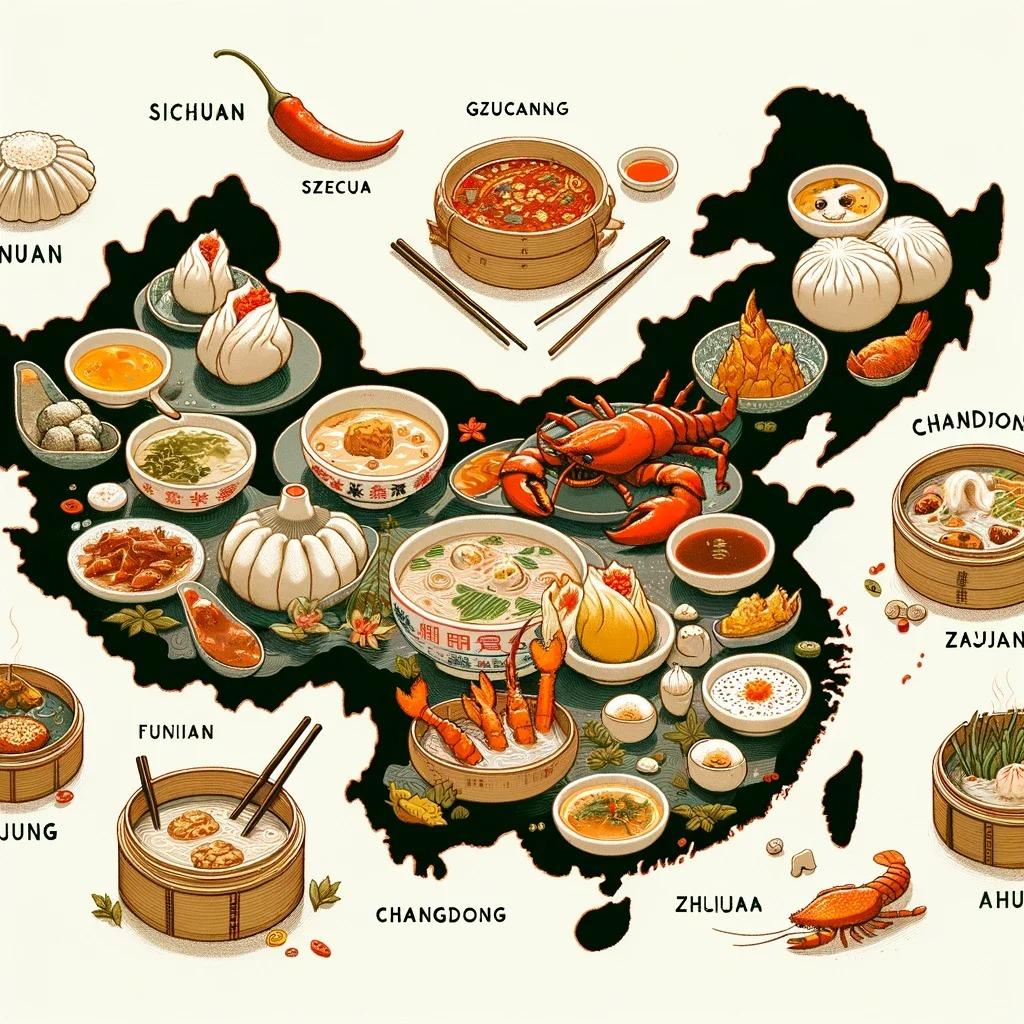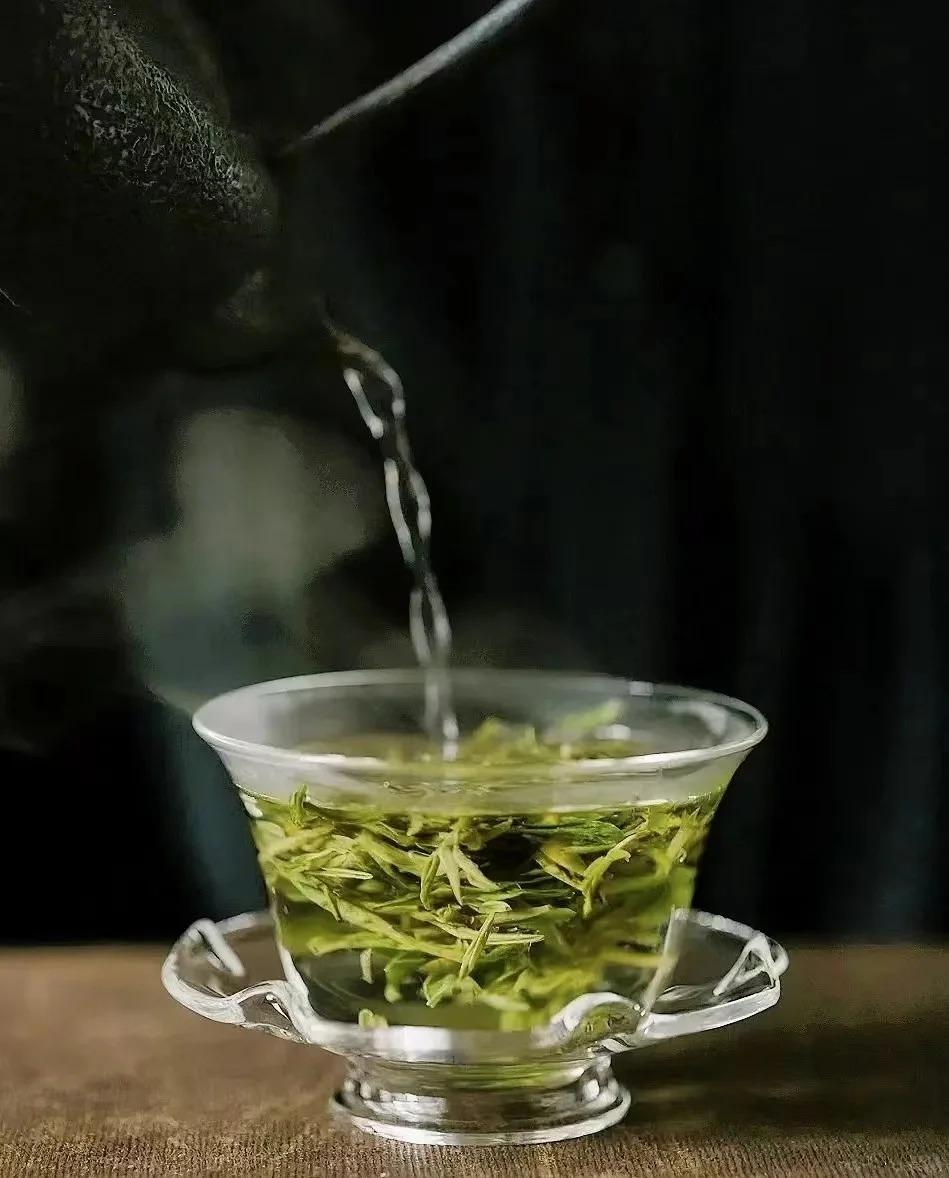Introduction to Chinese Food Culture History
Chinese cuisine, with its 5000-year heritage, is not merely about sustenance; it’s a profound reflection of China’s cultural evolution. From ancient rituals to modern gastronomy, food has been at the heart of Chinese civilization, shaping social norms, religious practices, and even political dynamics.
In Chinese culture, food is more than just nourishment for the body. It’s deeply intertwined with philosophy and traditional medicine. The concept of “food as medicine” dates back to ancient times, with dietary choices often made based on their perceived health benefits.
This culinary journey through time reveals how Chinese food culture has been a constant thread, weaving together the fabric of Chinese society across millennia.

Ancient Foundations (Prehistoric to Shang Dynasty)
The roots of Chinese cuisine can be traced back to prehistoric times when early agricultural practices laid the foundation for a rich culinary tradition.
Key developments:
- Cultivation of millet and rice as staple grains
- Domestication of animals like pigs and chickens
- Invention of pottery, enabling more sophisticated cooking methods
During the Shang Dynasty (1600-1046 BCE), bronze vessels became symbols of power and prestige. Elaborate rituals around food preparation and consumption emerged, setting the stage for the intricate dining customs that would evolve over subsequent centuries.
Imperial Cuisine (Zhou Dynasty to Qing Dynasty)
The imperial era saw Chinese cuisine reach new heights of sophistication and symbolism:
| Dynasty | Culinary Developments |
|---|---|
| Zhou (1046-256 BCE) | Establishment of Confucian dining etiquette |
| Han (202 BCE-220 CE) | Introduction of noodles and soy sauce |
| Tang (618-907 CE) | Flourishing of regional cuisines |
| Song (960-1279 CE) | Rise of restaurant culture and street food |
| Ming (1368-1644 CE) | Refinement of imperial banquets |
| Qing (1644-1912 CE) | Integration of Manchu cuisine into Chinese tradition |
Imperial banquets became increasingly elaborate, with some Qing Dynasty feasts featuring over 100 dishes. These lavish displays weren’t just about indulgence; they were political statements, demonstrating the emperor’s power and benevolence.
Confucianism greatly influenced dining etiquette, emphasizing harmony and respect. Meanwhile, Taoist principles of balance found expression in the yin-yang concept applied to recipe creation and meal planning.
Tea Culture and Its Impact
Tea, discovered according to legend by Emperor Shennong in 2737 BCE, has played a pivotal role in Chinese culture for thousands of years.
Initially valued for its medicinal properties, tea evolved into a sophisticated art form. The Tang Dynasty saw the emergence of tea as a social drink, while the Song Dynasty elevated tea preparation to an art with the development of whisked powdered tea.
Teahouses became centers of social and political life, serving as gathering places for scholars, artists, and revolutionaries alike. The intricate rituals of the Chinese tea ceremony reflect deeper philosophical principles of mindfulness and respect for nature.

The Silk Road and Cultural Exchange
The Silk Road, a network of trade routes connecting East and West, had a profound impact on Chinese cuisine:
- Introduction of new ingredients: peppers, corn, potatoes
- Adoption of Central Asian cooking methods like grilling and roasting
- Export of Chinese culinary techniques: use of chopsticks, tea preparation
This cultural exchange enriched Chinese cuisine, leading to the creation of new dishes and the refinement of existing ones. For instance, the integration of chili peppers from the Americas via the Silk Road transformed Sichuan cuisine, giving birth to its famously spicy flavor profile.
Modern Transformations (19th-20th Centuries)
The 19th and 20th centuries brought significant changes to Chinese food culture:
- Western influence led to the adoption of new ingredients and cooking methods.
- Periods of famine, particularly during the Great Leap Forward, dramatically impacted dietary habits.
- The Cultural Revolution saw traditional cuisines labeled as “bourgeois,” leading to a simplification of many dishes.
Despite these challenges, Chinese cuisine showed remarkable resilience. The late 20th century saw a revival of interest in traditional cooking methods and regional specialties, alongside the continued evolution of Chinese-Western fusion cuisines.
Contemporary Chinese Food Culture
Today, Chinese cuisine stands at a fascinating crossroads of tradition and innovation:
- Global popularity has led to adaptations of Chinese dishes worldwide.
- Efforts to preserve traditional cooking techniques have gained momentum.
- Modern Chinese chefs are reimagining classic dishes with contemporary twists.
Food tourism has become a significant industry, with travelers from around the world visiting China to experience authentic regional cuisines. This has led to a renewed appreciation for local ingredients and traditional cooking methods.
Emerging trends in Chinese gastronomy include:
- Farm-to-table movements emphasizing fresh, local ingredients
- Exploration of forgotten or endangered regional dishes
- Integration of molecular gastronomy techniques in traditional recipes
As China continues to evolve in the 21st century, its food culture remains a vibrant reflection of its past and a dynamic force shaping its future. From ancient rituals to modern fusion, the journey of Chinese cuisine is a testament to the enduring power of food to connect, innovate, and preserve cultural heritage.






